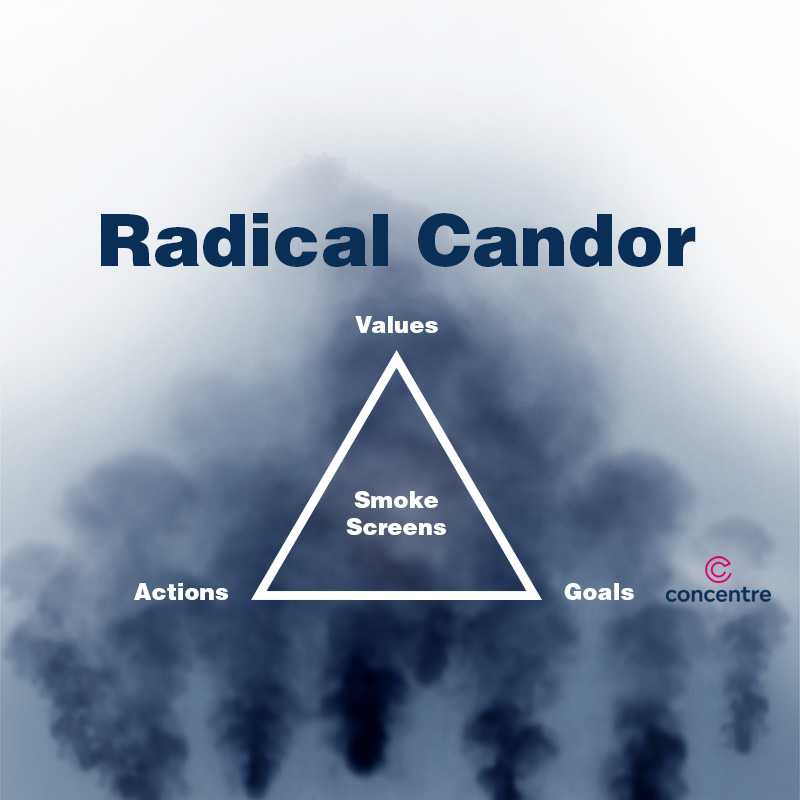In a previous blog article (‘Warm’ is a Matter of Perspective), I outlined the elements that promote perspective on the way to achieving team alignment. In my experience, perspective is the product of four things:
Data – the information available (either to all or a subset of the parties)
Incentives – the financial and other rewards that motivate each team member
Experience – the work and life history of each party
Culture – the accepted norms and habits in an organization or geographic location
Understanding differing perspectives is the first step toward alignment.
“Alignment” is an important word. Too often, it is used interchangeably with “consensus.” Consensus means that everyone agrees with a decision and a plan of action. Alignment is different in that not everyone has to agree with a decision—but they understand that a decision has been made, and they agree to do their best to execute against it.
What happens when you have different perspectives—and your team is not in alignment?
In March of 2017, Kim Scott released a book called Radical Candor. Her concept is as simple as it is valuable. According to Scott, the move from perspective to alignment involves two essential components: caring personally and challenging directly. Those two elements form the basis for challenging and crucial conversations. Let’s break them down.
“Caring personally” means that I am invested in your current and future success. “Challenging directly” means that I am willing to put a difficult issue in front of you so that we can get to a positive outcome—not necessarily in the short term, but certainly in the long term.
Oftentimes, when we care about someone personally, it can be painful to challenge that person directly about an issue. Scott’s model outlines the downsides of bringing one of those elements to a difficult conversation. When we care personally, but are unwilling to challenge directly, we have what she calls “Ruinous Empathy.” When we’re willing to challenge directly, but we don’t care personally, we have what Scott calls “Obnoxious Aggression.”
When might you need to have a Radically Candid conversation?
For a team to work together and to deliver at a high level, three things need to align:
- Values
- Goals or Objectives
- Actions

For example:
Misalignment of Values and Goals: What if Apple (whose mission is to “Think Different”) decided to build a “me too” product?
Misalignment of Goals and Actions: What if a company chose to accelerate sales growth, but acted in a way that caused its lead salesperson to leave?
Misalignment of Values and Actions: What if a company promised to operate with integrity, yet team members weren’t submitting expense reports correctly?
Of course, it may be difficult to perceive whether an issue exists—because someone on the team is avoiding conflict or raising smokescreens.
Radical Candor is a great tool to help teams get to the essence of an issue and to resolve it, as opposed to letting it fester. In a short amount of time, we’ve seen promising results from team members and clients alike.
If you want to learn more about Kim Scott and her book, Radical Candor, visit radicalcandor.com.



